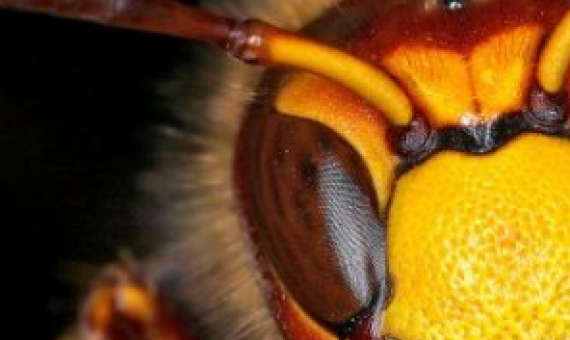Conservationists say these high levels of protection are necessary to safeguard benefits that humans derive from nature—such as the filtration of drinking water and storage of carbon that would otherwise increase global warming.
Savor that cup of coffee while you can. New research shows 60% of coffee species found in the wild could soon go extinct. Click on the link below to read the full article.
Our most popular Instagram posts showcase creatures that inspire vital conservation work around the world. Click on the link below to read the full article.
Society needs to remember that while having something rare is intriguing, extinction is forever, writes James Schaefer. Click on the link below to read the full article.
There have been calls for biodiversity and ecosystem assessments to count non-native species as well as their native counterparts as positively contributing to biological diversity. Click on the link below to read the full article.
A spectacular new butterfly species has been discovered on the Pacific Island of Vanua Levu in Fiji. The species, named last week as Papilio natewa after the Natewa Peninsula where it was found, is a remarkable discovery in a location where butterfly wildlife was thought to be well known.
Strangely, biodiversity indicators used to describe the state of the environment and measure progress toward the Aichi targets consider only native species.
Here, I argue that biodiversity and sustainability indices should include all species. This is not only consistent with definitions of biodiversity but also will promote the idea that long-term, sustainable, human well-being is intricately tied to benefits derived from nature.
The Living Planet Report 2018 is the twelfth edition of the report and provides the scientific evidence to what nature has been telling us repeatedly: unsustainable human activity is pushing the planet’s natural systems that support life on Earth to the edge.
Organisms may be directly affected by anthropogenic sound in many ways, including interference with their ability to detect mates, predators, or food...Click on the link below to access the full paper.
















